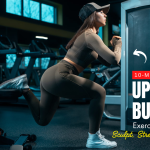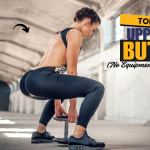Do you know that after the age of 25, men start losing about 1% of their muscle mass every year if they don’t stay active? That’s right—your core strength, muscle definition, and metabolic rate can all take a hit.
But here’s the good news: with the right abs workout gym routine, you can build a powerful midsection that doesn’t just look good, but also supports your overall fitness, posture, and performance.
This guide isn’t just another generic list of ab exercises. It’s a tailored routine designed specifically for men over 25—those who are balancing work, lifestyle, and evolving body mechanics. Whether you’re chasing aesthetics or core strength, this routine is built for real results.
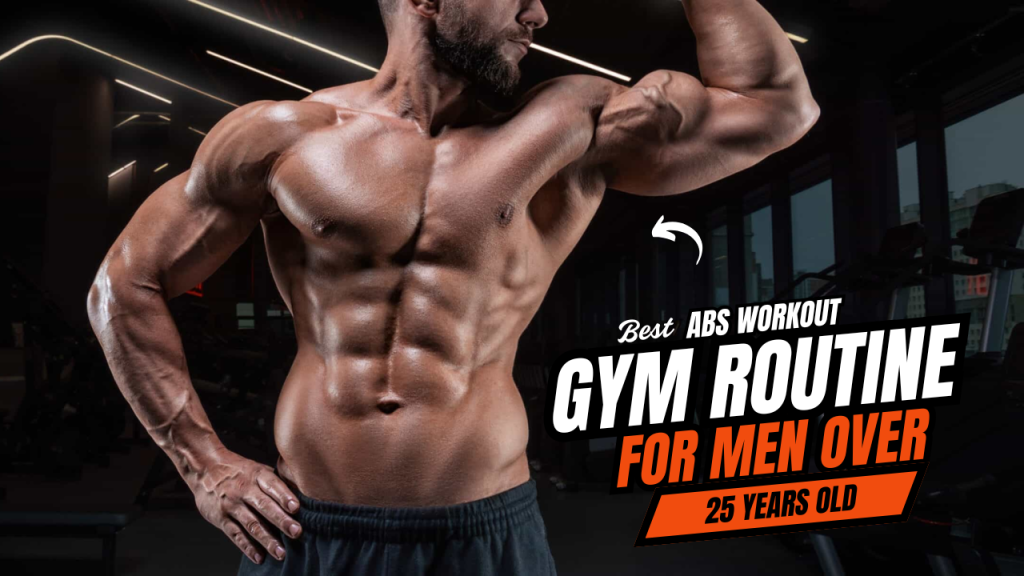
What Happens After 30 Days of This Abs Workout Routine?
| Benefit | What You Can Expect |
|---|---|
| Core Strength Boost | Noticeable increase in abdominal and overall core strength—improves stability and lifts. |
| Improved Posture | Stronger abs support the spine, reducing slouching and improving standing/sitting posture. |
| Better Muscle Definition | Slight visible toning and tighter midsection—especially if paired with clean eating. |
| Fat Reduction (with diet) | A drop in belly fat with a calorie-controlled diet and cardio included. |
| Increased Endurance | Planks, crunches, and rollouts become easier as muscular stamina improves. |
| Lower Back Support | Reduced risk of back pain thanks to a strengthened core supporting the lumbar spine. |
| Improved Gym Performance | Better bracing during squats, deadlifts, and other compound lifts. |
| Motivation & Discipline Boost | Building a habit over 30 days fuels mental drive and workout consistency. |
| Visible Progress in Form | Improved exercise technique and control—especially on complex movements like rollouts. |
| Foundation for a Six-Pack | First visible signs of the top abs (if body fat is low enough) and a flatter midsection. |
Why Abs Matter More After 25
After 25, the male body undergoes subtle changes:
- Testosterone levels begin to decline, making it slightly harder to gain lean muscle.
- Metabolism slows, so belly fat becomes more stubborn.
- Posture issues arise, especially for men with desk jobs, weakening the core muscles.
The abs are more than just a six-pack. They include the rectus abdominis, transverse abdominis, internal and external obliques, and even deeper stabilizing muscles. A strong core improves posture, balance, injury resistance, and athletic performance.
Common Myths About Abs You Should Ignore
Before jumping into the routine, let’s bust a few myths:
- Myth 1: Crunches alone will give you a six-pack
Core definition comes more from diet and total-body training than crunches. - Myth 2: You can spot-reduce belly fat
Fat loss is systemic, not localized. Abs are revealed through overall fat loss. - Myth 3: You need to train abs every day
Like any muscle group, abs need time to recover and grow.
The Best Gym-Based Abs Workout Routine for Men Over 25
This workout should be done 2-3 times a week, ideally after your main strength or cardio session. The focus is on a mix of stability, strength, and hypertrophy.
Warm-Up (5 Minutes)

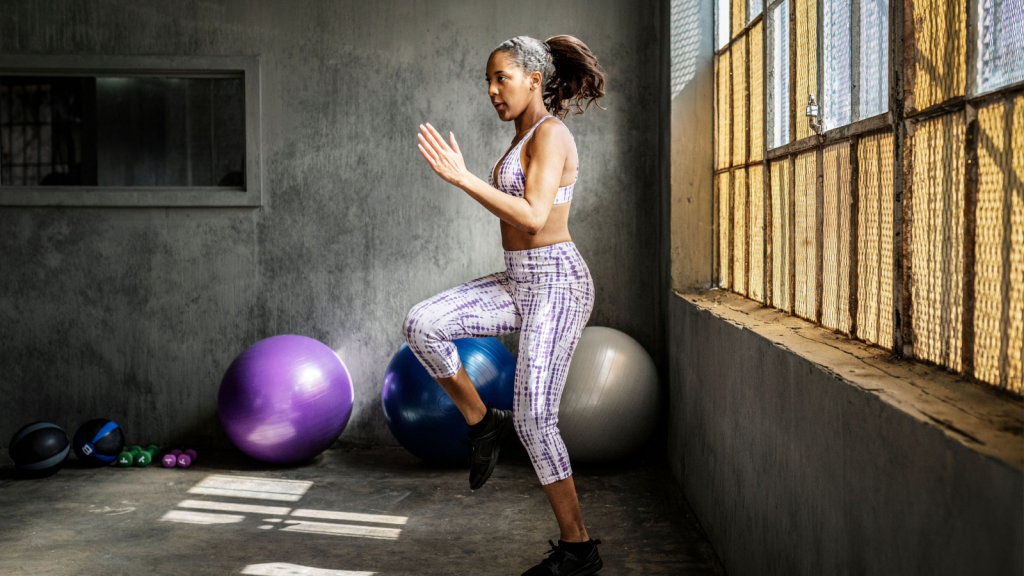



Warming up activates your core and prepares your spine for load-bearing work.
Abs Workout Circuit (Repeat 3 Rounds)
Perform each exercise for 30–45 seconds with 15 seconds rest between exercises. Rest 60 seconds between rounds.
1. Cable Crunch (Weighted Core Strength)
- Muscles: Rectus abdominis
- Tip: Kneel facing the cable machine, crunch down with your abs—not your arms.
How to do:
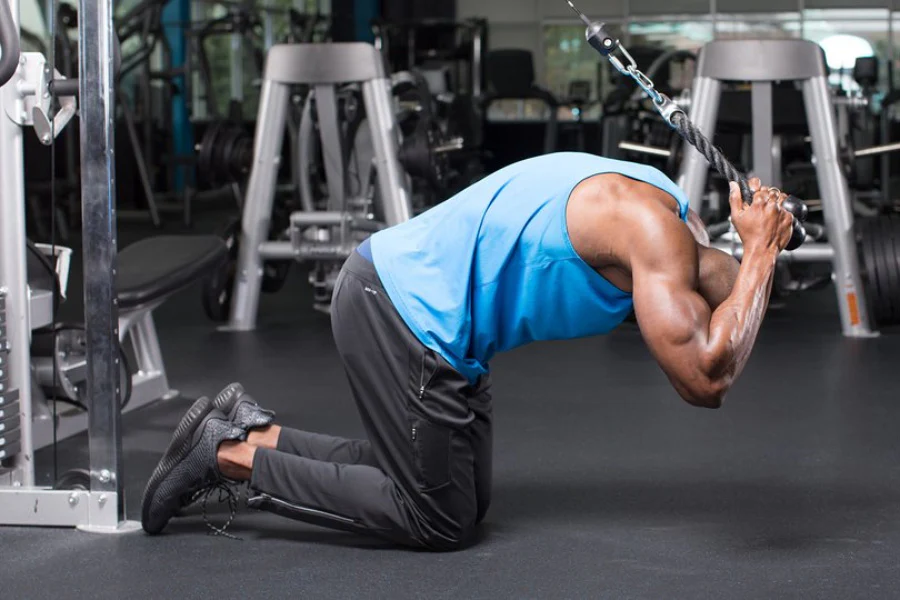
- Attach a rope handle to a high pulley on a cable machine.
- Kneel down, facing the machine, and hold the rope behind your head or at shoulder level.
- Keep your hips stationary and back straight.
- Crunch your torso downward by contracting your abs—bring your elbows toward your thighs.
- Pause at the bottom, then slowly return to the starting position.
Tip: Avoid pulling with your arms; let your core do the work.
2. Hanging Leg Raises
- Muscles: Lower abs, hip flexors
- Tip: Control your movement and avoid swinging.
How to do:

- Hang from a pull-up bar with an overhand grip, arms fully extended.
- Engage your core and lift your legs straight up until they are parallel to the floor (or higher if possible).
- Slowly lower them back down without swinging.
Tip: Keep your torso stable and avoid using momentum. Bend your knees slightly if you’re a beginner.
3. Russian Twists with Medicine Ball
- Muscles: Obliques
- Tip: Keep your spine neutral and core braced throughout.
How to do:
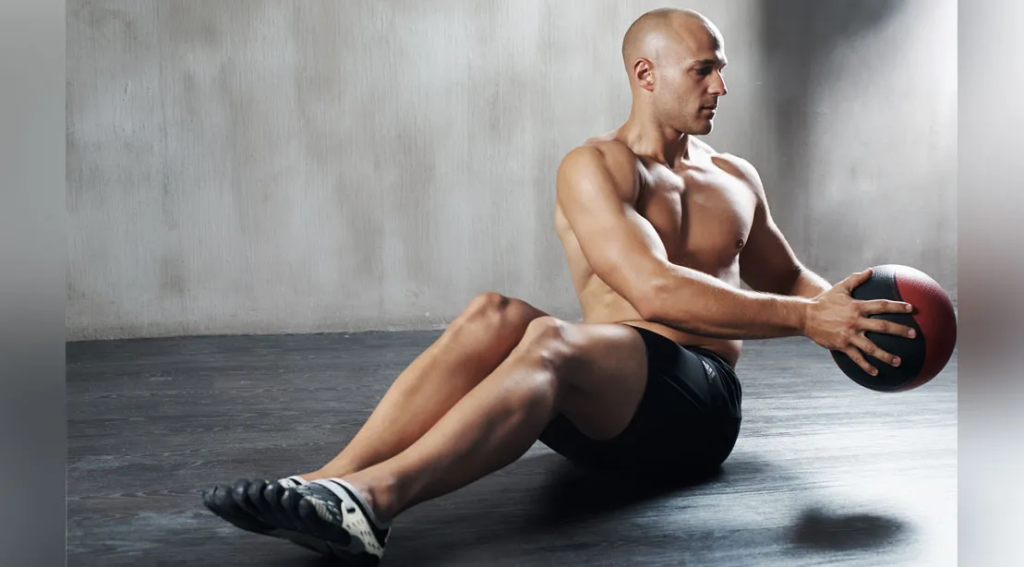
- Sit on the floor with your knees bent, holding a medicine ball in front of your chest.
- Lean back slightly to form a 45-degree angle with your torso.
- Lift your feet slightly off the ground for added intensity.
- Twist your torso to the right and touch the ball to the floor beside your hip.
- Return to the center, then twist to the left.
Tip: Keep your core braced and avoid rounding your spine. Move slowly and with control.
4. Ab Wheel Rollouts
- Muscles: Transverse abdominis, full core
- Tip: Roll slowly and don’t let your hips sag.
How to do:

- Kneel on a mat with the ab wheel in front of you, both hands gripping the handles.
- Slowly roll the wheel forward, extending your body as far as you can while keeping your core tight.
- Stop before your hips sag or your back arches.
- Reverse the motion and return to the starting position.
Tip: Start with short rolls and increase the distance as your core strength improves.
5. Decline Bench Sit-Ups
- Muscles: Upper and middle abs
- Tip: Add weight (plate or dumbbell) as you progress.
How to do:

- Lie back on a decline bench, securing your feet under the footpads.
- Cross your arms over your chest or hold a weight at your chest.
- Engage your abs and sit up until your upper body is upright.
- Slowly lower yourself back down with control.
Tip: Don’t pull your neck or use momentum—focus on slow, controlled movement.
6. Plank with Dumbbell Drag
- Muscles: Core stabilizers, shoulders
- Tip: Avoid rotating your hips as you drag the dumbbell.
How to do:

- Get into a high plank position with a dumbbell placed just outside one of your hands.
- While keeping your hips square, reach across with the opposite hand and drag the dumbbell to the other side.
- Return your hand to the floor and repeat on the other side.
Tip: Keep your body in a straight line—resist the urge to twist or lift your hips.
Cool Down (5 Minutes)
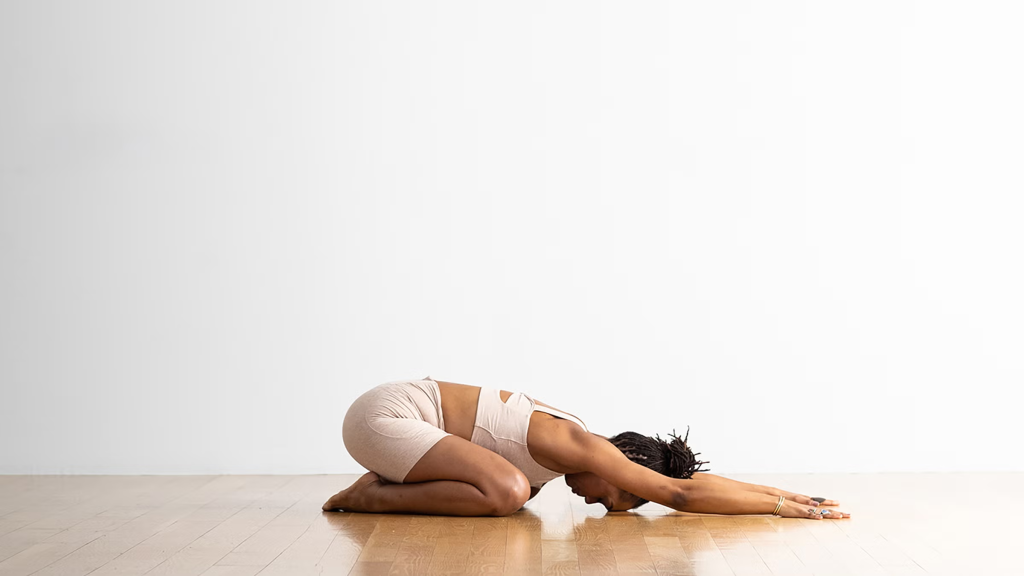
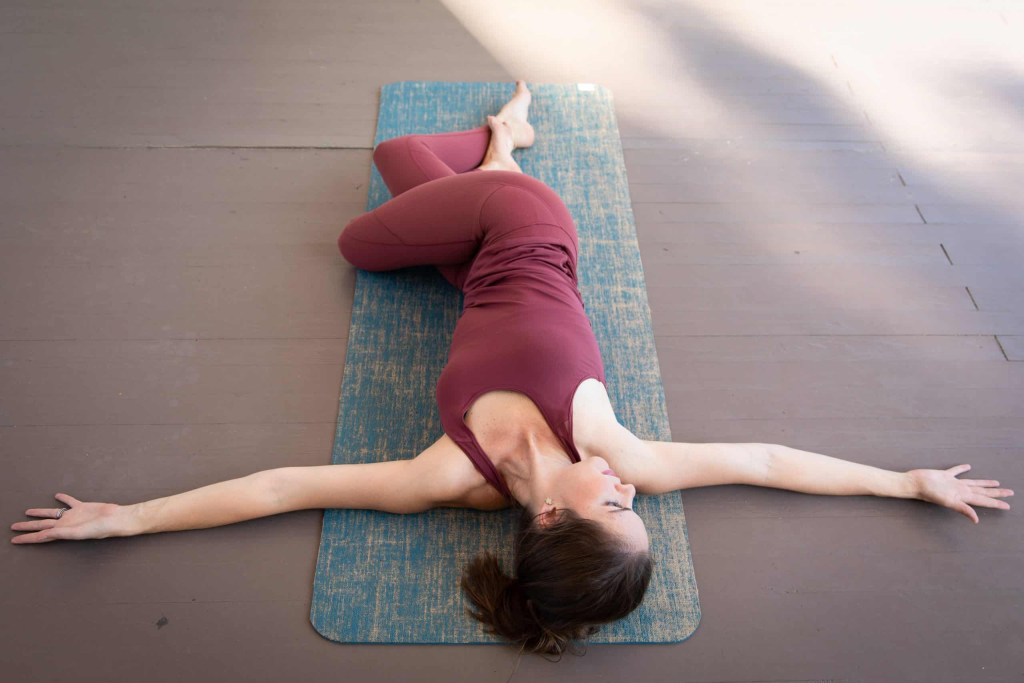

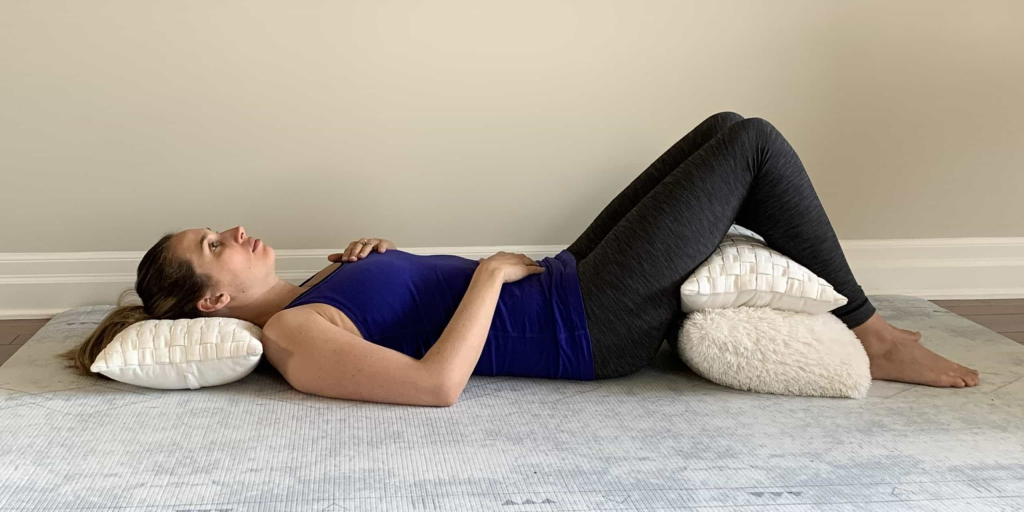
Stretching helps prevent soreness, improves recovery, and maintains core flexibility.
Pro Tips for Sustainable Results
- Progressive Overload: Gradually increase resistance or reps.
- Train Core, Not Just Abs: Include compound lifts like deadlifts and squats—they engage deep core muscles.
- Rest & Recovery: 48 hours of rest between core-focused workouts allows muscle repair.
- Stay Hydrated: Even mild dehydration affects muscle contraction and core endurance.
Interesting Fact: Abs Are Built in the Gym, But Revealed in the Kitchen
Even the best ab workout won’t show results if your body fat percentage is too high. A clean, protein-rich diet and consistent training are key. Aim for a body fat percentage of around 10–15% to start seeing abdominal definition.
Sample Weekly Abs Schedule for Men Over 25
| Day | Focus |
|---|---|
| Monday | Abs Routine + Full Body |
| Wednesday | Abs Routine + Cardio |
| Friday | Abs Routine + Upper Body |
Avoid training abs on consecutive days to prevent overtraining.
Final Thoughts
Turning 25 is not the end of your prime—it can be the beginning of your peak. With the right strategy, your abs can be stronger, more defined, and more functional than ever. Forget chasing shortcuts. Focus on consistency, compound lifts, core-specific routines, and the right nutrition.
Whether you’re trying to fix your posture, build a six-pack, or just feel stronger—this abs routine will keep your fitness goals grounded and achievable.
Fun Fact: Bruce Lee was known for his incredible core strength. He reportedly trained his abs 6 days a week using a mix of isometrics, bodyweight moves, and traditional martial arts conditioning.
Frequently Asked Questions (FAQs)
How often should men over 25 train their abs?
2–3 times per week is ideal. This allows your abdominal muscles enough time to recover and grow while avoiding overtraining.
Can I get a six-pack just by doing ab exercises?
Not entirely. Visible abs require a low body fat percentage, which comes from a combination of nutrition, cardio, and strength training, alongside core workouts.
Is it safe to do ab workouts every day?
While some light core activation is fine daily, intense ab training should be spaced out with at least one day of rest in between to allow proper recovery.
What’s the best time to do ab workouts—in the beginning or end of a workout?
It’s generally better to train abs after your main workout, so your core isn’t fatigued during heavy lifts like squats or deadlifts.
Do I need gym equipment for a good abs workout?
While you can build strong abs with bodyweight exercises, gym equipment like cables, ab wheels, benches, and medicine balls can enhance intensity and help with progressive overload.
How long before I start seeing results?
Most men see visible improvement within 4 to 8 weeks, depending on diet, consistency, and starting body fat. Core strength improvements can be felt even sooner.
I have lower back pain—can I still do these exercises?
Many ab exercises are safe, but avoid ones that overly arch or strain the lower back. Focus on planks, bird-dogs, and ab wheel rollouts with limited range. Always consult a professional if pain persists.
Is age a limiting factor for building abs after 25?
Not at all. While metabolism slows slightly with age, men over 25 can build and define abs effectively with the right routine, recovery, and nutrition.

